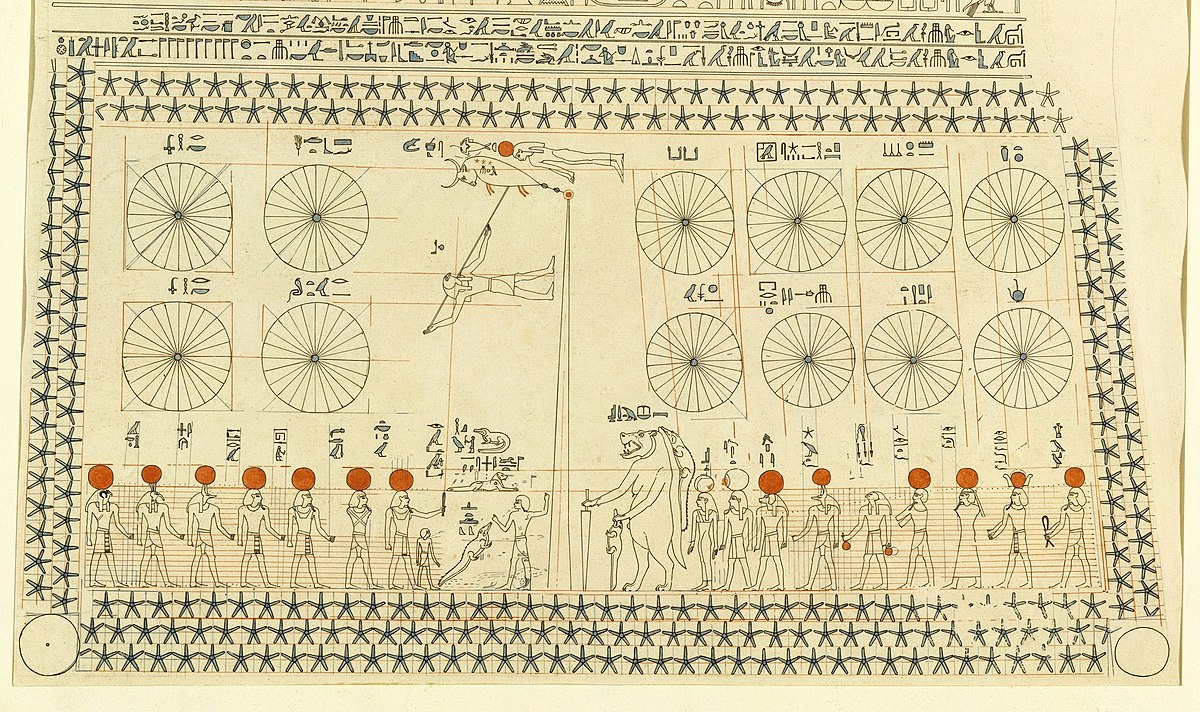Without sometimes adding a leap year, our calendar would gradually become disconnected from the seasons.
- Earth’s orbit around the sun takes about 365.25 days. We add an extra day every four years to ensure our calendars align with Earth’s movement.
- The concept of leap years dates back to ancient Rome and Julius Caesar. In 1582, Pope Gregory XIII modified the Julian calendar, leading to the Gregorian calendar we use today.
- Different cultures employ unique timekeeping systems. The Jewish calendar incorporates a 19-year cycle with occasional leap months, while the Islamic calendar follows lunar phases without leap days, causing key dates to shift annually. So there are diverse approaches to the measurement of time.
A leap year has 366 days
You may be used to hearing that it takes the Earth 365 days to make a full lap around the sun. But that journey actually lasts about 365 and a quarter days. Leap years help to keep the 12-month calendar matched up with Earth’s movement.
After four years, those leftover hours add up to a whole day. In a leap year, we add this extra day to the month of February, making it 29 days long instead of the usual 28.
The idea of an annual catch-up dates back to ancient Rome, where people had a calendar with 355 days instead of 365. That calendar was based on cycles and phases of the moon. Romans noticed their calendar was getting out of sync with the seasons. So, they began adding an extra month every two years to catch up with the missing days. They called the month Mercedonius.
In the year 45 BCE, Roman emperor Julius Caesar introduced a solar calendar, based on one developed in Egypt. Every four years, February received an extra day to keep the calendar in line with Earth’s journey around the sun. In honor of Caesar, this system is still known as the Julian calendar.
Exceptions to the every 4 years rule
But that wasn’t the last tweak. As time went on, people realized that Earth’s journey wasn’t exactly 365.25 days. In reality, it took 365.242190 days, which is about 11 minutes less. So adding a whole day every four years was a little more correction than was needed.
In 1582, Pope Gregory XIII signed an order that made a small adjustment. There would still be a leap year every four years, except in “century” years – years divisible by 100, like 1700 or 2100 – unless they were also divisible by 400. It might sound a bit like a puzzle, but this adjustment made the calendar even more accurate. And from that point on, it was known as the Gregorian calendar.
What if we didn’t have a leap year?
If the calendar didn’t make that small correction every four years, it would gradually fall out of alignment with the seasons. Over centuries, this could lead to the solstices and equinoxes occurring at different times than expected. Winter weather might develop in what the calendar showed as summer, and farmers could become confused about when to plant their seeds.
Other calendars around the world have their own ways of keeping time. The Jewish calendar, regulated by both the moon and the sun, is like a big puzzle with a 19-year cycle. Every now and then, it adds a leap month to make sure that special celebrations happen at just the right time.
The Islamic calendar is even more unique. It follows the phases of the moon and doesn’t add extra days. Since a lunar year is only about 355 days long, key dates on the Islamic calendar move 10 to 11 days earlier each year on the solar calendar.
For example, Ramadan, the Islamic month of fasting, falls in the ninth month of the Islamic calendar. In 2024, it will run from March 11 to April 9; in 2025, it will occur from March 1-29; and in 2026, it will be celebrated from February 18 to March 19.
Learning from the planets
Astronomy originated as a way to make sense of our daily lives, linking the events around us to celestial phenomena. The concept of leap years exemplifies how, from early ages, humans found order in conditions that seemed chaotic.
Simple, unsophisticated but effective tools, born from creative ideas of ancient astronomers and visionaries, provided the first glimpses into understanding the nature that envelops us. Some ancient methods, such as astrometry and lists of astronomical objects, persist even today, revealing the timeless essence of our quest to understand nature.

People who do research in physics and astronomy, the field that I study, are inherently curious about the workings of the universe and our origins. This work is exciting, and also extremely humbling. It constantly shows that in the grand scheme, our lives occupy a mere second in the vast expanse of space and time … even in leap years when we add that extra day.![]()
Bhagya Subrayan, PhD Student in Physics and Astronomy, Purdue University
This article is republished from The Conversation under a Creative Commons license. Read the original article.
Bottom line: Every four years is a leap year. So this year – 2024 – has a February 29, or leap day. But why?











